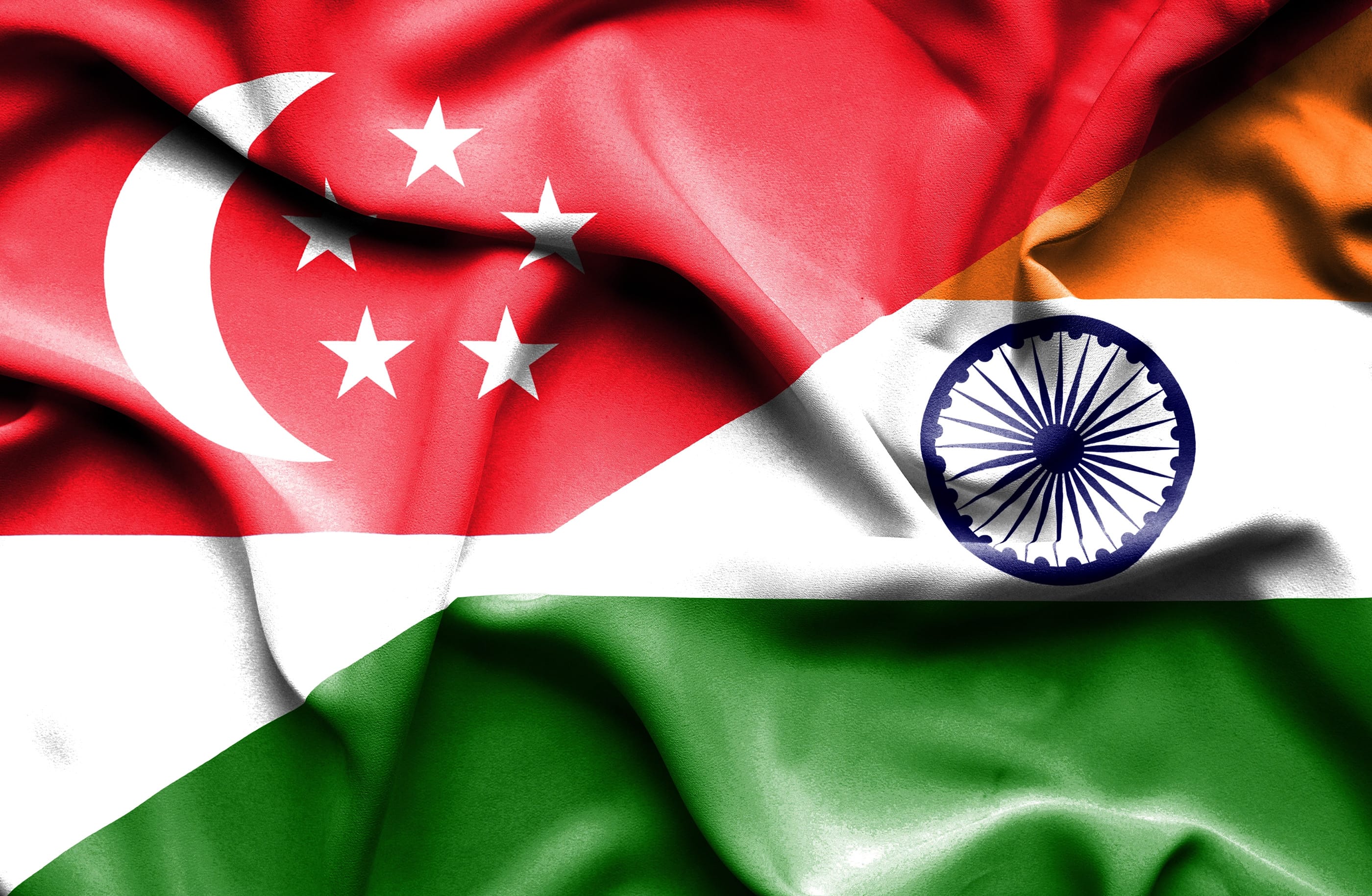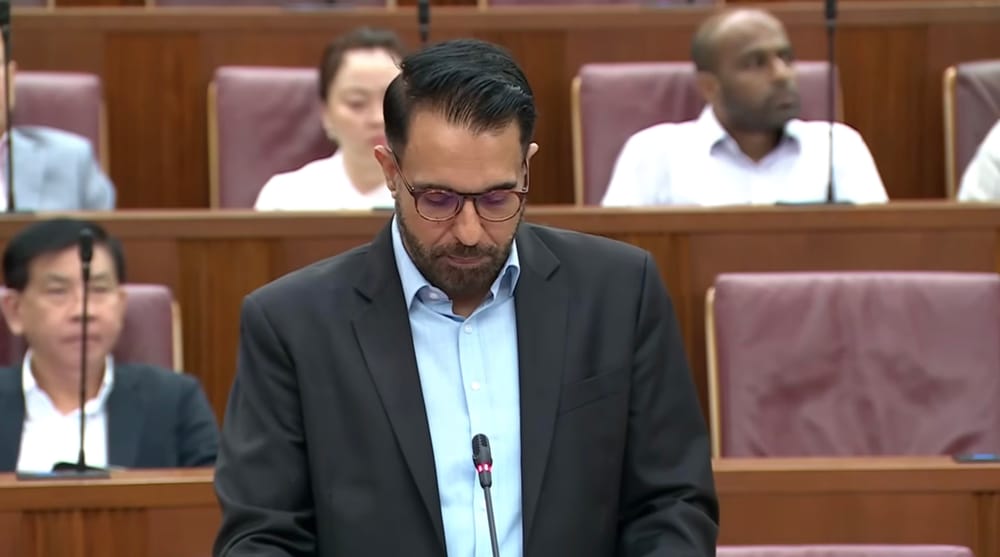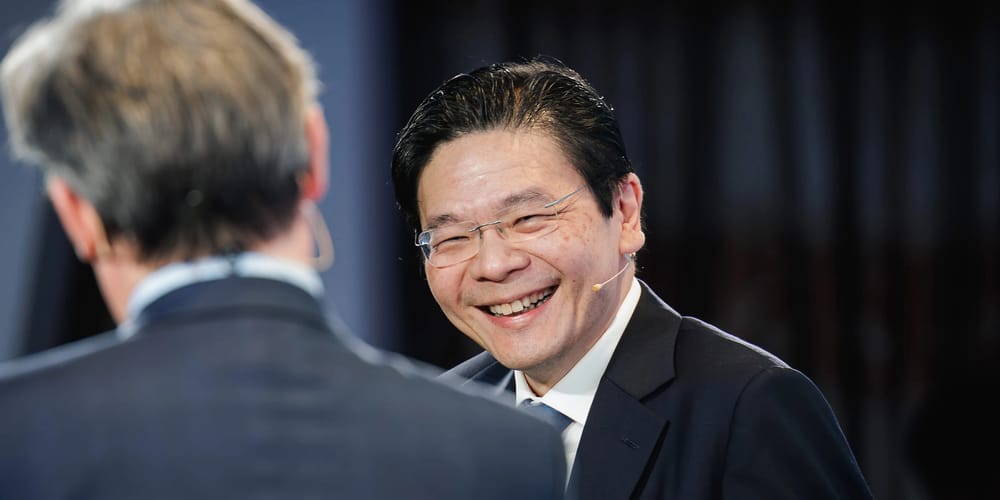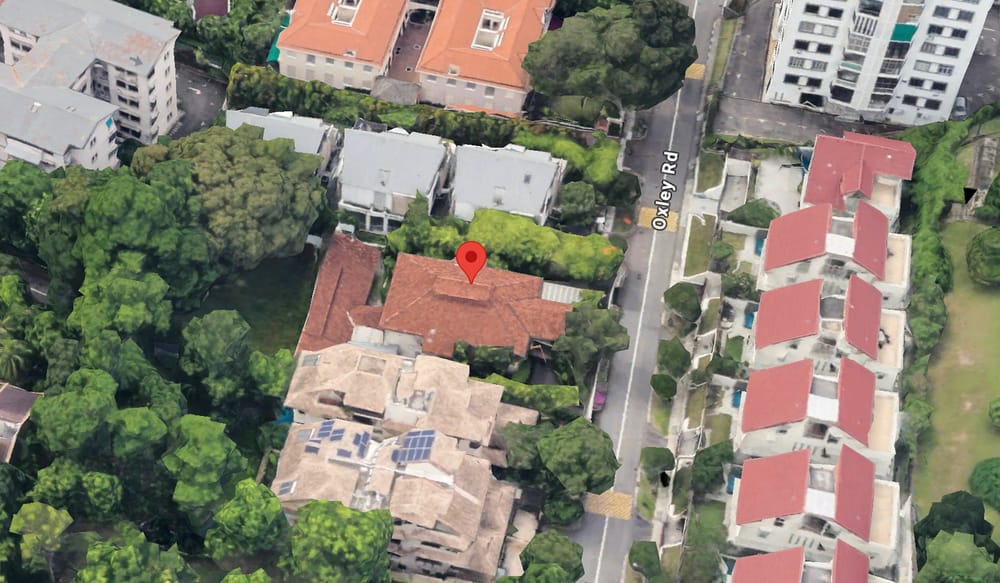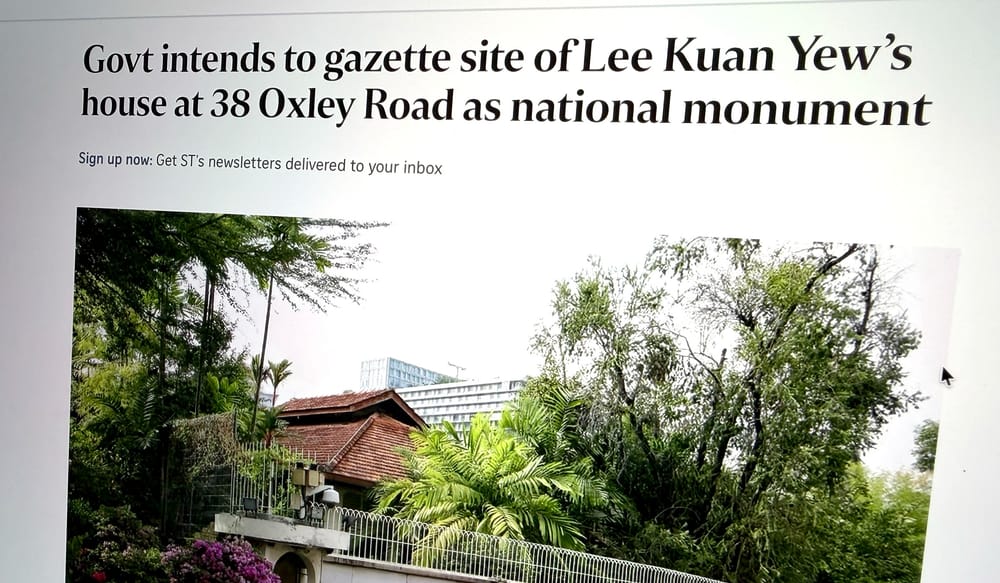Yesterday I debunked - rather decisively - the myth that Indians are flooding Singapore through CECA. They not only don't, but it's practically impossible within the provisions of the agreement. That's why, in 2020, only 500 (five hundred) of them were employed in Singapore as Intra-Corporate Transferees.
Let's remember also that:
- They can't remain in Singapore beyond 3-5 years.
- They don't compete for local employment because they already have to be employed by the company bringing them in.
- They cannot change their permit to an EP or PR - and they have to leave upon its expiry.
So, if you hear anybody whining about CECA again, you can be sure they haven't got the faintest idea of what they are talking about - and, please, school them about the facts for the sake of everyone.
Now, moving to Part 2…
Let's address the perceptions that Singapore is, indeed, flooded by Indian workers, who are taking attractive jobs from locals and are - on top of that - bringing their families, friends and entire villages over.
They certainly can't do it using CECA, but they can, of course, apply to obtain Employment Passes like every other nationality and then remain as PRs after a few years or even become citizens one day.
Let's first look at official data regarding citizen and resident (citizen + PR) populations for the past 10 years.
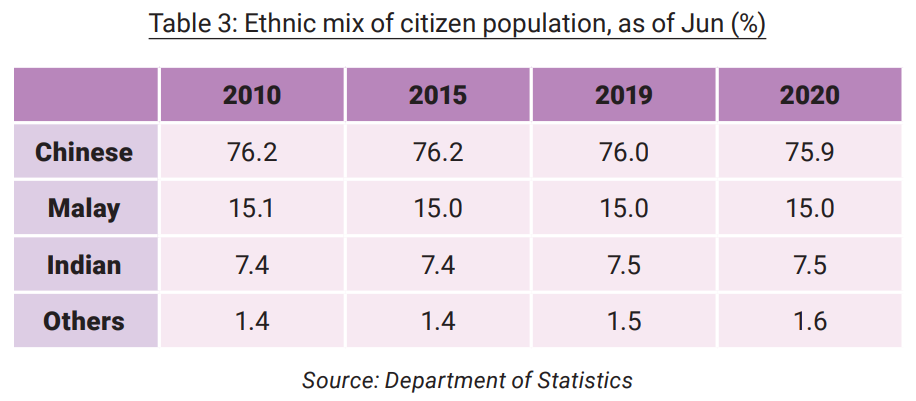
In terms of citizen population, ethnic proportions between Chinese, Malays, Indians and Others remain the same. This is likely partly due to unofficial government policy, revealed in 2013 by Minister Grace Fu, admitting that "immigration intake has been calibrated to preserve the racial balance".
You can see why the government would do this - if any ethnic group would suddenly grow in numbers in proportion to others, then they would begin protesting that they are being crowded out and have their position diminished.
So, it's only prudently sensitive to ensure that for every new citizen of a particular ethnic group, there are enough of new citizens of other groups to keep the balance stable.
In other words, for every 1 new Indian citizen, there are about 2 new Malay citizens and about 10 new Chinese citizens (either through immigration or birth), reflecting the proportions of 7.5%, 15% and 75% for each respective group (as you can see in the table).
The following chart shows ethnic proportions in the resident population - i.e. citizens + permanent residents.

In this broader group, Indians are a bit more prevalent, at 9%, vs. 13.5% and 74.3% respectively.
What does it tell us?
- There must be more Indian PRs who, however, do not become full citizens.
- Proportions between all ethnic groups have still been maintained at the same levels in the past decade (Indian share among residents had increased between 2000 and 2010 from 8% to 9%)
In other words, for every new Indian resident, there are enough of new Malay and Chinese residents to keep the proportions at the same level as in the past.
Simply put - nobody has any reason to feel overwhelmed by any particular ethnic group taking up residence in this country because the proportions between them are effectively frozen by the government's immigration policies.
Any number of new Indian residents is dwarfed by the number of new Malay and Chinese residents (again, regardless of whether it's by birth or immigration).
For every 1,000 Indians, there are over 8,000 new Chinese. What are the complaints about, then?
I think it's pretty clear that when it comes to residency and citizenship, there are no reasons for anybody to be upset.
Employment Pass
There is, of course, one other mechanism that allows immigrants to come to Singapore for at least a few years and take up employment with a minimum salary of at least S$4,500 - it's the Employment Pass.
During the debate on July 6, Minister Tan See Leng revealed that out of 177,000 employment pass holders, hailing from all over the world, about 25% are Indian.
This is around 44,250 people. Is it a lot?
Let's put this number in context.
Excluding domestic workers and cheap work permit holders working in construction and maintenance, Singapore's resident employment + employment pass holders add to ca. 2,407,000 people.
Two million, four hundred and seven thousand people.
Out of this ca. 2.5 million, 44,250 are Indian EP holders. This is around 1.83%.
Yes, less than 2%.
These are the people allegedly importing entire villages and leaving true blue Singaporeans jobless, struggling for survival.
And, yes, this is the reason for the widespread hysteria...
Plus, let's not forget that as of the debate in July, there were over 20,000 vacancies in PMET professions available in Singapore that companies were struggling to fill. So, who can genuinely claim that 45,000 Indians have stolen their jobs when there are more than 20,000 open positions that nobody can be found locally for?
Summarizing:
- You can't blame CECA for anything because it has barely brought any Indians in.
- Ethnic proportions among residents and citizens alike have remained stable for decades.
- The number of all Indian EP holders in reasonably attractive professions is less than 2% of the employed domestic + mid to high-level foreign workforce.
- About half of the people who have ALLEGEDLY, been displaced by Indian EP immigrants (45,000) should be able to easily find a job in one of the 20,000+ open PMET vacancies in Singapore.
But somehow, they don't... is it really about the Indians, then?



